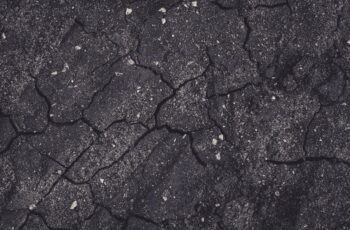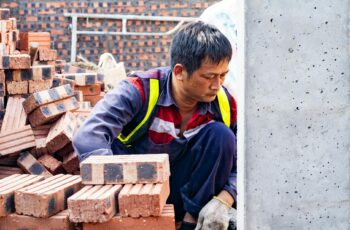Introduction
Concrete pier foundations are a robust and reliable choice for supporting structures in various soil conditions. They are particularly well-suited for situations where the soil has low bearing capacity, such as areas with expansive clay or soft soils. This post delves into the specifics of concrete pier foundations, exploring their design, construction, and benefits.
Types of Concrete Piers
Several types of concrete piers exist, each suited for different applications. These include drilled shafts, driven piles, and auger cast piles. The selection depends on factors like soil type, load requirements, and project budget. Learn more about pile driving techniques to better understand their impact on the surrounding environment.

Design Considerations
Proper design is paramount for a successful concrete pier foundation. This involves geotechnical investigations to assess soil conditions, structural analysis to determine load requirements, and the selection of appropriate pier dimensions and spacing. Consulting a structural engineer is highly recommended to ensure compliance with local building codes. Check out this resource on geotechnical site investigation.
Construction Process
The construction process typically involves excavation, pier installation, and capping. Depending on the type of pier, installation may involve drilling, driving, or auger casting. The process requires specialized equipment and skilled labor. Read more about the excavation process and how to ensure proper soil compaction.
[IMAGE_2_HERE]
Advantages of Concrete Pier Foundations
Concrete pier foundations offer several advantages including high load-bearing capacity, durability, and resistance to settlement and ground movement. They are also suitable for challenging soil conditions and can support heavy structures. They are environmentally friendly.
Disadvantages of Concrete Pier Foundations
While highly advantageous, concrete pier foundations can be more expensive and time-consuming to install than other types of foundations. They also require specialized equipment and expertise.
Maintenance and Repair
Regular inspection and maintenance are crucial to ensure the long-term performance of concrete pier foundations. This might involve checking for signs of cracking, erosion, or settlement. Early detection and repair of any problems can prevent more extensive and costly repairs later. Find a local contractor to assist with your project here.
[IMAGE_3_HERE]
Cost and Lifespan
The cost of a concrete pier foundation varies depending on factors such as the number and size of piers, soil conditions, and project location. However, their remarkable longevity often makes them a cost-effective solution in the long run. A well-maintained concrete pier foundation can last for decades, significantly reducing long-term maintenance expenses. Get a cost estimate for your foundation project.
Conclusion
Concrete pier foundations provide a stable and durable solution for supporting structures in challenging soil conditions. While the initial investment may be higher than some other foundation types, the long-term benefits of durability and reduced maintenance often outweigh the costs. Careful planning, proper design, and expert installation are essential for ensuring the success of a concrete pier foundation project. Learn about local building codes and regulations.
Frequently Asked Questions
What types of soil are concrete pier foundations best suited for? Concrete pier foundations are ideal for areas with low-bearing capacity soils, such as expansive clay, soft clay, or sandy soils.
How long does it take to install concrete pier foundations? The installation time varies greatly depending on the project size and complexity. It could take from a few days to several weeks.
How much do concrete pier foundations cost? The cost is highly variable, depending on many factors such as location, soil conditions, and the size of the project.
What is the lifespan of a concrete pier foundation? With proper maintenance, a concrete pier foundation can last for several decades or even longer.
Are concrete pier foundations environmentally friendly? Concrete is a durable and long-lasting material, reducing the need for frequent replacements, which in turn contributes to better environmental sustainability.

